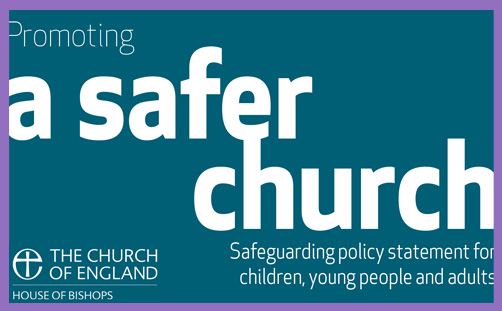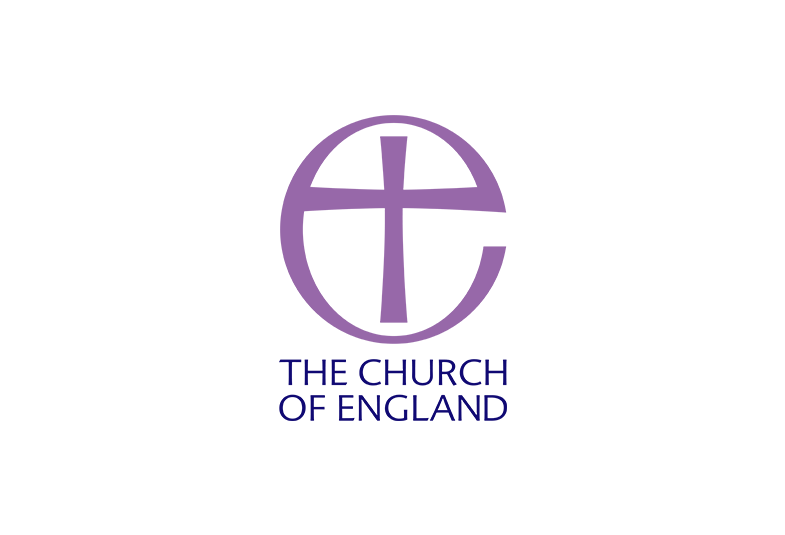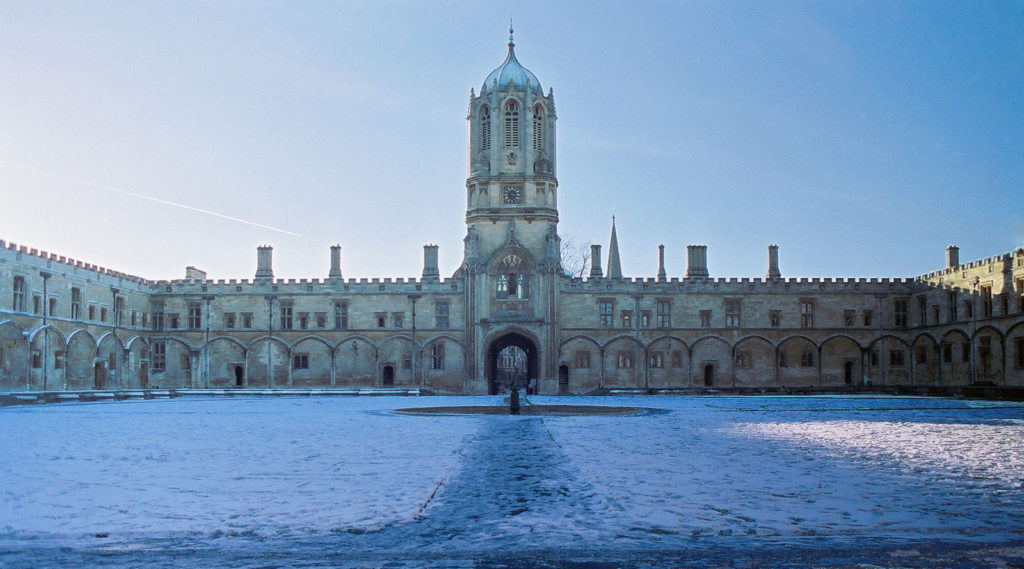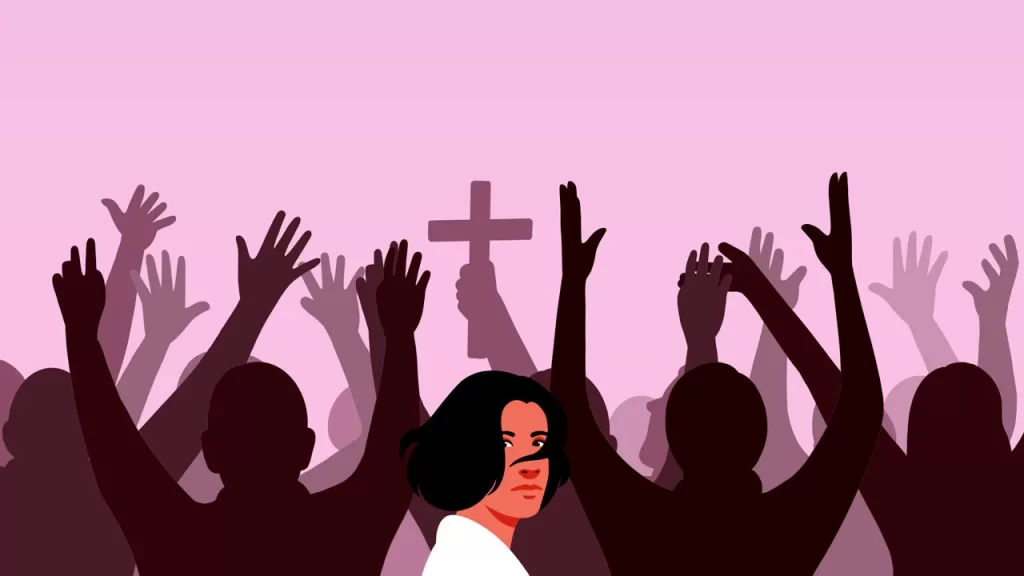
Almost fifty years ago I was privileged to begin a self-funded research project for a B.Litt back at my old college in Oxford. This was to be on a theme within Orthodox theology. One of my pressing preoccupations in the months leading up to my arrival, was the task of amassing sufficient funds to be able to pay all the bills needed for two years of study. The whole economic environment in the UK at that time was extremely fragile and inflation was approaching 25%. The college authorities were anxiously seeking assurance that I would not end up destitute in the middle of my studies. One lifesaver was the offer of a part-time curacy at a parish in Oxford. This promised to pay me just enough to pay for a room in a student house run by an ecumenical charity.
My tasks at the parish in Oxford were not onerous and there were, apart from the Vicar, other ‘extras’ helping out at the church. One was an extremely distinguished chaplain from Balliol College. He appeared during the vacations, and his sermons were a privilege to listen to. There were also two public-school chaplains in their twenties who worked most of the week at their school. I did not get to know either of them particularly well, but I noted that they were potentially high-flyers. Both these chaplains did in fact go on to achieve promotions within the public/private school chaplaincy network and beyond. I followed their progress with interest as both of them also rose eventually to the rank of bishop in the Church of England. Each of them also became involved a number of serious safeguarding episodes. Tragically, in one case, the involvement was accompanied by considerable notoriety and personal shame. The one caught up in shameful events was Bishop Peter Hullah. I have here no new information to add to what has already been reported about him recently in both the religious and secular press. What follows is a response to the reported events and some reflection on the way that stories such as these can have a terrible impact on the entire institution. The reverberations of the story cannot be quickly dismissed or left behind. In summary, a story of this kind is never just about a single offender; every member of the institution who knows about a shameful episode is affected by its lasting poison in some way. Disgrace and shame involving those at the top of an institution damage trust right through the fabric of the structure. To some extent the safeguarding failure of a single individual creates an increased burden for all, especially in the way it increases institutional suspicion. Meanwhile, we learn that Bishop Peter Hullah has received a lifetime ban from exercising any form of priestly ministry.
In the past I have discussed the case of Bishop Peter Ball and the effect his dramatic fall from grace had on me personally back in the 1990s. I have reflected long and hard about the appalling institutional damage that such erring leaders can cause. The cynical outsider believes, with some understandable justification, that these positions of status and power are sought by those who want to exploit privilege for their own benefit. The old honourable idea that you accept rank or promotion in order to be able to serve more people, is, in these cases, completely turned upside down. The disgrace that has come to Hullah for the admitted sexual misbehaviour towards young women, is just one part of his story. There is another widely known strand to the narrative. This has been around in the public domain for some time and was revealed as evidence in the IICSA hearings. Hullah, then a headmaster at Chetham Music School in Manchester, failed to respond appropriately in the case of a member of staff caught by him abusing a pupil. The more recently revealed information is about Hullah’s earlier abusive behaviour in the 80s and 90s. it is not unreasonable for us to suggest that his own status as an abuser may have been a major contributing factor for his failure to deal correctly with the flagrant abuse which took place in front of him later. His earlier offending would have made him potentially open to blackmail, thus completely undermining his power and effectiveness to maintain discipline across a school. ‘Do not report me otherwise details of your past abusing behaviour may come to light’. Institutional blackmail of this kind may be far more common than we imagine.
Some individuals in positions of authority in the Church have likely been compromised in some way by making bad decisions in the past. When others get to hear about these, it is possible that such knowledge is used as a lever to exert pressure on the one with the official responsibility. If this is ever the case, it is easy to see how the process of justice in the Church’s disciplinary system will be seriously disrupted and undermined. This distinct possibility may perhaps account for some recent puzzling failures within the system. When a bishop allows a priest with a serious CDM outstanding to take up a job in a new diocese, questions are likely to be asked. Sending a ‘safe to receive’ letter to another diocese when a candidate is, to all appearances, not safe, raises a red flag over the sending bishop. When such things happen, confidence in the system is undermined. The cynic in each of us asks what does he/she, the bishop or archbishop, have to hide? One speculates about the possibility of secrets from the past weighing down the man or woman holding ecclesiastical power. There must always be among the leadership of the Church and its public relations department, a constant fear that something new may spill out into the public domain. Should they suppress the information, as they appear to have done in the Bishop Hullah case for several months, or should they make a frank open disclosure of what has taken place with the hope that the watching public will be understanding? Secrecy is a very hard thing to sustain. When it is locked up in an institution, it has the tendency to ferment and swell before the inevitable explosion. The Church of England seems to be holding many secrets at present in the safeguarding world. Each of these has the potential to do enormous further harm to the Church.
My memory of two bright talented young clergymen in their twenties, beginning a journey towards preferment in the Church of England, is not an account opening up new detail about past scandal. Nothing then indicated that Hullah was to be a danger to women in the future. These later reports of sexual misbehaviour on the part of a bishop are still painful and wounding matters. Other stories about similar conduct from every level of the Church continue to disturb us. To be fair to the bishops and those who have to manage these cases, it must be a cause of justified resentment that they have to spend so much time seeking to manage these narratives. There is absolutely no glory or prestige in being the one who has the difficult task of containing scandal, so it does the least damage to the Church. Safeguarding failures such as these will feed into an overall narrative of sleaze and corruption. The reputation of an institution is something that can take decades to build up but a short time to destroy. We can argue about whether the polls connected with public attitudes to the institutional church are deserved or not. Justified or not, they present a powerful statement of current attitudes. If the public believe, for example, that bishops should leave the House of Lords, this suggests that the public has a declining respect for their office. Institutions, particularly those espousing Christian ideals and values, need everyone involved to be people of complete integrity. There must be nothing about church people at any level that compromises their ability to ‘act justly’. Hullah’s reported offences will have damaged and devastated many others beyond the circle of the directly abused. How this behaviour reached out to demoralise and shock whole groups of people, staff, parents and students can only be known by those directly involved. Hullah’s betrayal of trust is serious. We have to remember that the Church had entrusted him the ‘care of souls’ for a large area of central southern England. The darkness of his betrayal cannot be removed quickly. Only time will tell how other scandals in Chichester, London and Oxford will affect the long-term safety felt among the laity and the clergy working there. If the ordinary clergy ever feel that the failings of their senior clergy, especially bishops, are not faced up to and dealt with properly, this will have a corrosive effect on their sense of well-being. It will take far more than platitudinous expressions of regret to extinguish the sense of institutional failure and even corruption within the system.
I end this blog post with this rather sad reflection. At the beginning of my ministry some fifty years ago it was normal for me to look up to more experienced and senior clergy with a combination of respect and admiration. The recent years of observing at close hand the less salubrious aspects of power and privilege in the Church, have left me with far less of that automatic deference and respect. Each public disgrace of a church leader does affect what I feel about the Church. I want to honour the ‘bishops and curates and all congregations committed to their charge.’ Any betrayal weakens what I desperately want to feel.






